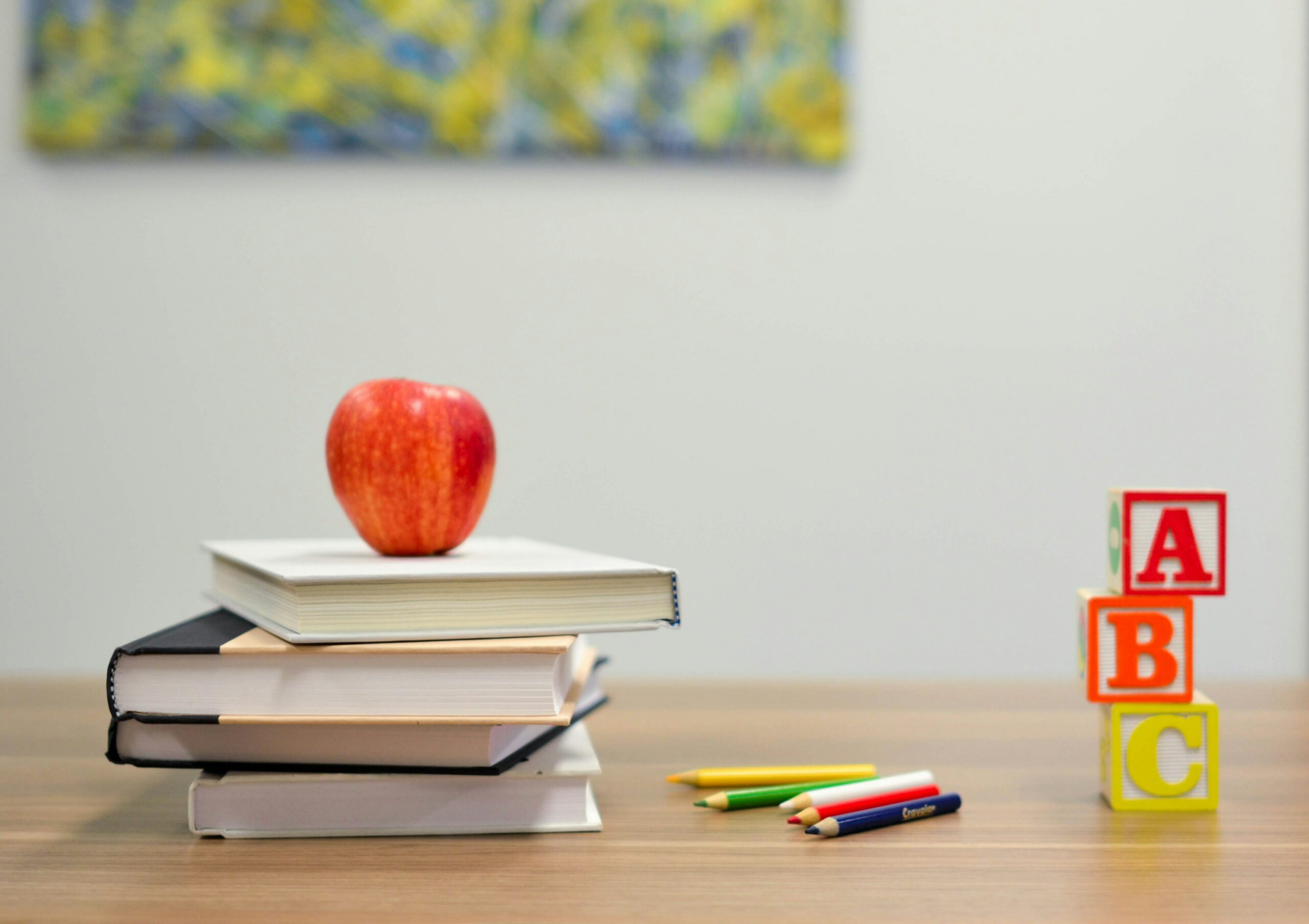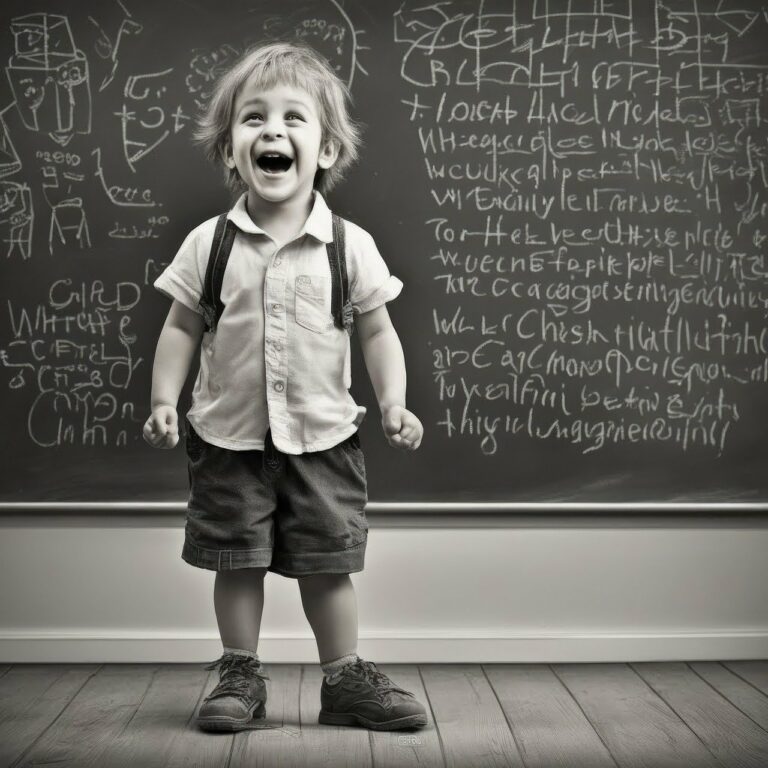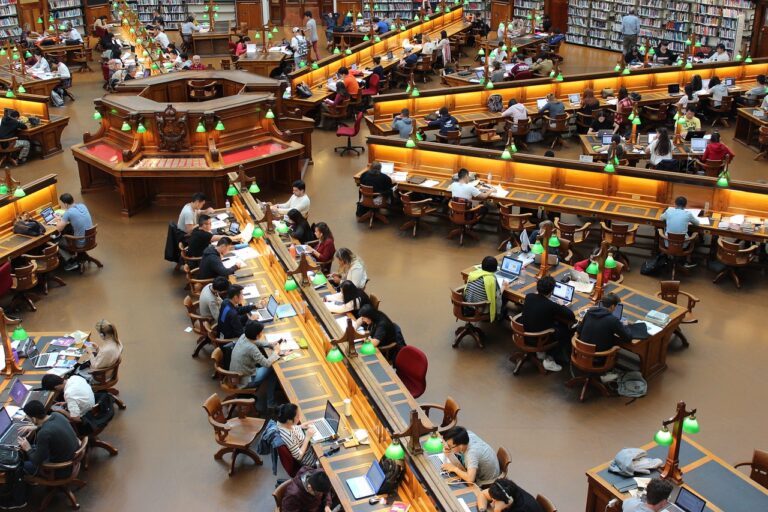The Impact of COVID-19 on the Education Industry
The abrupt shift to remote learning has presented students with a myriad of challenges. Technical difficulties such as poor internet connection and access to necessary equipment have hindered students’ ability to fully engage in their online classes. Without the immediate assistance of teachers, troubleshooting these issues can lead to frustration and setbacks in learning progress. Additionally, the lack of face-to-face interaction with classmates and teachers has made it difficult for students to ask questions, seek clarification, and engage in meaningful discussions, impacting their overall academic experience.
Moreover, the shift to remote learning has blurred the boundaries between home and school, making it challenging for students to separate their academic responsibilities from their personal life. This constant overlap can lead to feelings of burnout and exhaustion as students struggle to maintain a healthy balance between their academics, household responsibilities, and personal well-being. The absence of a physical classroom environment has also made it harder for students to stay motivated and focused, leading to a decline in their academic performance and overall mental well-being.
Transition to online learning platforms
With the sudden shift to online learning platforms, students have had to adapt quickly to a new way of receiving education. The transition brought challenges such as technical glitches, internet connectivity issues, and learning how to navigate through different online tools and software. Students had to familiarize themselves with digital platforms for attending classes, submitting assignments, and engaging in discussions, which required a significant adjustment period.
Furthermore, the transition to online learning platforms also created a sense of isolation among students. The absence of face-to-face interactions with peers and teachers made it difficult for students to feel connected and engaged in their academic pursuits. Many students found it challenging to stay motivated and focused without the physical presence of their classmates and instructors, leading to feelings of loneliness and disconnection.
Impact on students’ mental health and well-being
Remote learning has brought about a myriad of challenges for students, notably impacting their mental health and well-being. The abrupt shift from traditional classroom settings to virtual platforms has created a sense of isolation and disconnection among students. The lack of face-to-face interactions with peers and teachers has contributed to feelings of loneliness and decreased social support, leading to heightened levels of stress and anxiety.
Moreover, the constant screen time and sedentary lifestyle associated with online learning have also taken a toll on students’ mental health. Prolonged exposure to digital devices has been linked to increased feelings of fatigue, eye strain, and decreased concentration levels. The blurring boundaries between home and school environments have further exacerbated feelings of burnout and overwhelm among students, impacting their overall well-being and academic performance.
What are some common challenges faced by students during remote learning?
Some common challenges faced by students during remote learning include lack of access to necessary technology, distractions at home, difficulties with time management, and feelings of isolation.
How has the transition to online learning platforms impacted students’ mental health and well-being?
The transition to online learning platforms has led to increased feelings of stress, anxiety, and frustration among students. Many students are struggling to adapt to the new format and are experiencing feelings of loneliness and isolation.
What are some ways that students can prioritize their mental health and well-being during remote learning?
Students can prioritize their mental health and well-being during remote learning by establishing a routine, setting boundaries with technology, staying connected with friends and family, and seeking support from counselors or mental health professionals if needed.
How can educators support students’ mental health and well-being during remote learning?
Educators can support students’ mental health and well-being during remote learning by checking in regularly, providing resources for mental health support, and creating a supportive and inclusive learning environment. It is important for educators to be understanding and empathetic towards students’ struggles during this challenging time.






